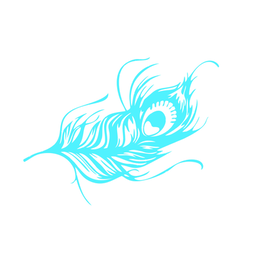Two Years for Five Lives
- Connie Inglis

- Feb 16, 2021
- 3 min read
Updated: Feb 1, 2024
About five years ago, I decided to write down everything I could remember of our two years in the Philippines from 1992-1994. Even though I knew I'd forgotten many things, I ended up with 41 pages. Lots of stories, some of which I thought I'd share here, because they tell you about me.

In 1992, our children were 5,4, and 2. Life with children those ages is busy enough, never mind packing and unpacking, hours of flight travel, moving and moving again, language-learning, culture learning, basic living learning--not just for me, but for five of us! Phew!

And why? Because we'd been called by God--not to a place, but to a task.
We'd been trained for the task--trained with a purpose: To do Bible translation, literacy work, and linguistics work. And that led us to answer a specific call to go help a specific language group on the small island of Ramos on the southern tip of Palawan: the Molbog people. A small folk-Islamic group that needed Jesus.
After spending time in Batangas City learning the basics of Tagalog, the national language, we packed up for Ramos Island. We had many adventures in Batangas, but it's when we headed to Ramos that the real adventure began.

The trip required four legs and four types of travel: 1. By air from Manila to Puerto Princesa. 2. By bus from Puerto Princesa to Brooke's Point. 3. By jeepney from Brooke's Point to Rio Tuba. 4. By bangka boat from Rio Tuba to Ramos Island.
(Note: Ramos Island is such an obscure island that it's not even marked on this map. It's the island just north of Balabac Island and is approximately 5 miles in diameter.)
The first two legs of the trip were uneventful. And then the "fun" began. Public transportation in a jeepney from Brooke's Point to Rio Tuba was not your typical ride. (see photo to get the idea). The 67 kms on rough, rutted roads took 3 hours--lots of drop offs and pick ups but

NO bathroom break.
By the time we arrived at Rio Tuba, we were all desperate to find a washroom.
Ironic that washrooms are called water closets in the Philippines because that's pretty much what we were directed to.
Rio Tuba is a port city. In 1992 there wasn't much more than a pier and a bunch of huts on stilts built out over the water. The water closet (W.C.) was no different. The girls and I walked along slippery planks that sloshed in the mud only to end up at an outhouse built over the water, the loosely-woven nipa walls offering little privacy.

The "toilet" was a roughly cut hole that emptied directly into the muck and mire below. The idea that when the tide came in everything would be washed out to sea, did nothing to calm my thumping heart. I quickly helped my girls, advising them not to look down. (I knew my eldest wouldn't go if she saw what was below.) My turn.
And what was below? Other than mud and sea water? Well, there, just a few feet from our W.C. hole was the biggest hog I'd ever seen. He grunted away as he moved along, sticking his large snout deep into the mud. Then coming up for air, all the while smacking his saggy jowls.
I'd seen enough! I rushed the girls out and back to solid ground, anxious to get on our bangka boat to Ramos Island. And all the while I kept thinking, "WHAT have we gotten ourselves into? And where has God called us to, anyway?"
I couldn't wait to push off in our bangka boat, and leave Rio Tuba behind.
I also hoped Rio Tuba wasn't indicative of what we'd find waiting for us at the end of the line.




Comments